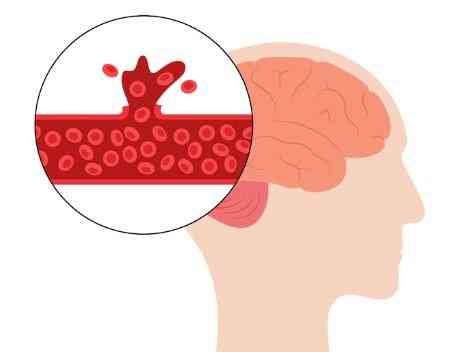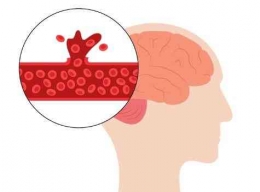In this article we are talking about some quick facts of intracranial hemorrhages or brain bleeding.
- There are four types of Intracranial hemorrhage: epidural hemorrhage, subdural hemorrhage, subarachnoid hemorrhage, & intraparenchymal hemorrhage. Each type of hemorrhage is different concerning etiology, findings, prognosis, and outcome.
- Brain hemorrhage has a number of causes, including: occurs after blunt trauma to the head, after a penetrating head injury or spontaneously, and after the rupture of a cerebral aneurysm, especially for intraparenchymal hemmorrhage has a wide variety of etilogies such as hypertension, arteriovenous malformation, amyloid angiopathy, aneurysm rupture, tumor, coagulopathy, infection, vasculitis, and trauma.
- Mechanisms of intracranial hemmorrage is after trauma causes motion of the brain relative to the skull which can stretch and break blood vessels traversing from the brain to the skull.
- Symptoms vary ranging from unilateral weakness to headache, nausea, vomiting, altered mental status, and focal neurological deficits include hemiparesis, dysarthria, and aphasia.
- Most commonly a computed tomography (CT) scan of the head without contrast is the first imaging test of choice. Other imaging to consider include CTA, MRA, or diagnostic cerebral angiogram to look for cerebrovascular causes of the intraparenchymal hemorrhage.
- Treatment begins with advanced trauma life support (ATLS) then immediate neurosurgical consultation should be obtained for patients. Definitive treatment is an evacuation of the blood and stopping the bleeding source.
- Non surgical management options include repeat imaging to ensure subdural stability, the reversal of anticoagulation, platelet transfusions for thrombocytopenia or dysfunctional platelets, observation with frequent neurologic assessments for deterioration, and controlling hypertension.
- The prognosis depends on several factors including: age, comorbidities, history of consumption of antiplatelets or anticoagulants drug, Glasgow coma scale score at presentation, size of pupils at presentation, location of the bleed, presence of other injuries and time delay for surgical intervention.
- The main complication of Intracranial Hemorrhage include: neurological deficits, brain herniation, infarcts, rebleed, vasospasm, seizures & death.
Beri Komentar
Belum ada komentar. Jadilah yang pertama untuk memberikan komentar!











